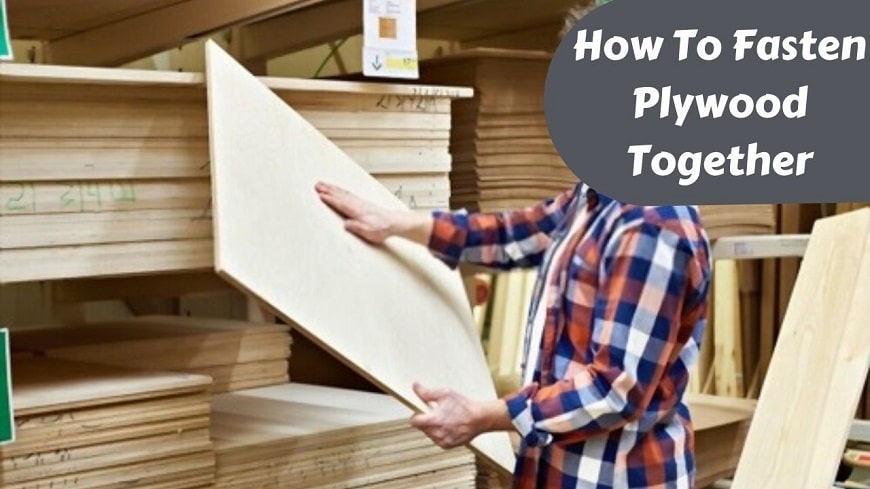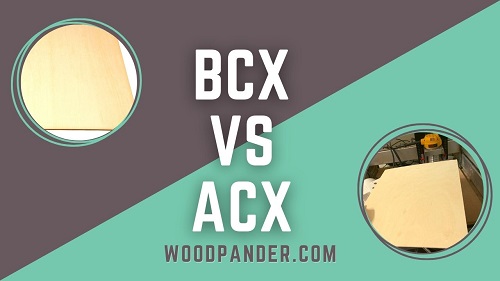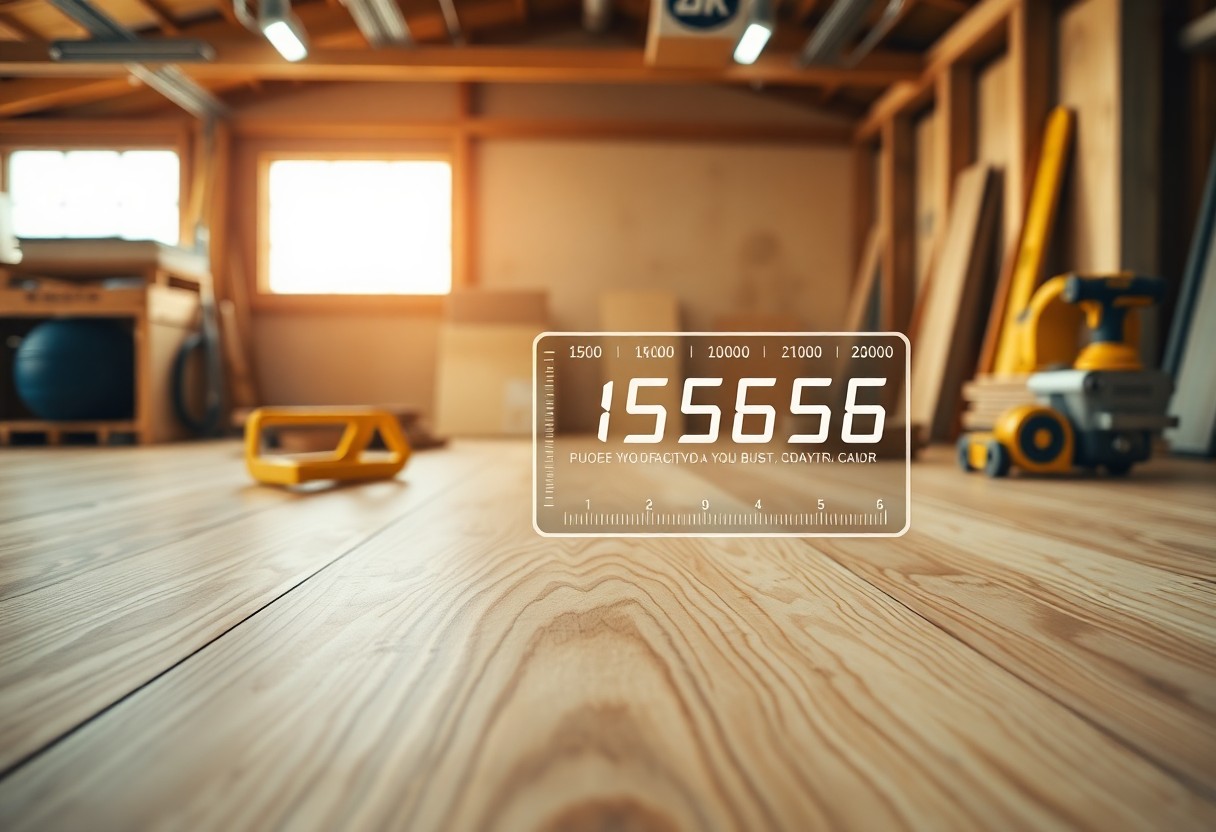Imagine you’ve poured your heart and soul into crafting the perfect kitchen cabinets, envisioning them as the epitome of style and functionality. As you eagerly assemble the framework, a crucial decision looms: 1/2″ or 3/4″ plywood? This seemingly simple choice holds the power to make or break your cabinetry dreams.
Picture the cabinets sagging under the weight of heavy dishes and appliances, or worse, crumbling under the slightest pressure. Conversely, imagine cabinets standing tall and proud, unflinching under any load, their sturdy frames a testament to your meticulous craftsmanship.
The thickness of the plywood you choose will determine the fate of your cabinets, shaping their strength, durability, and aesthetic appeal. Embark on this journey with me as we delve into the intricacies of 1/2″ and 3/4″ plywood, unraveling their strengths and weaknesses, and empowering you to make the ultimate decision for your cabinet masterpiece.
- 1/2 vs 3/4 Plywood for Cabinets
- Importance of Thickness in Cabinets
- Understanding the Properties of 1/2″ Plywood
- 1/2 Inch vs 3/4 Inch Plywood
- Tips to Build Sturdier Cabinets with 1/2-Inch Plywood
- Expert Tips for Choosing the Right Plywood Thickness
- How to Buy Plywood that Suits Your Project
- Can You Use 1/2 Plywood for Cabinets?
- Can You Use 1/2 Plywood for Subfloor?
- Can You Use 1/2 Plywood for Roof?
- Can You Use 1/2 Plywood for French Cleats?
- Related Questions
- 1/2 vs 3/4 Plywood for Cabinets: Verdict
1/2 plywood is thinner and lighter, suitable for cabinet backs or less demanding areas. 3/4 plywood is sturdier and more durable, often used for cabinet sides, shelves, or heavy-duty applications. The choice depends on the cabinet’s purpose, with 3/4 offering greater strength and 1/2 being more appropriate for lighter use.
1/2 vs 3/4 Plywood for Cabinets
| Aspect | 1/2 Inch Plywood | 3/4 Inch Plywood |
|---|---|---|
| Thickness | Thinner, 1/2 inch | Thicker, 3/4 inch |
| Strength | Less sturdy, lower weight-bearing capacity | More robust, higher weight-bearing capacity |
| Weight | Lighter weight | Heavier weight |
| Cost | Usually less expensive | Generally more expensive |
| Rigidity | Moderately rigid | Very rigid, less prone to warping |
| Application | Suitable for lighter-duty cabinets | Ideal for heavy-duty cabinets, shelves, and furniture |
| Durability | Slightly less durable | More durable and long-lasting |
| Support for Heavy Loads | Less support for heavy items | Better support for heavier items |
| Uses | Ideal for residential or light commercial use | Suitable for commercial or heavy-use settings |
When it comes to choosing plywood for cabinets, the thickness is an important factor to consider.
The two most common options are 1/2-inch and 3/4-inch plywood. Both have their advantages and disadvantages. 1/2-inch plywood is lighter and more affordable, making it suitable for smaller cabinets or projects with budget constraints.
On the other hand, 3/4-inch plywood is sturdier and more durable, making it ideal for larger cabinets or heavy-duty applications. Ultimately, the choice between 1/2-inch and 3/4-inch plywood depends on the specific needs and requirements of your cabinet project.
Importance of Thickness in Cabinets
The thickness of plywood used in cabinets plays a vital role in their strength and durability. It directly impacts their weight-bearing capacity and resistance to sagging.
Whether you opt for 1/2-inch or 3/4-inch plywood, selecting the right thickness is crucial to ensure that the cabinets can support the weight of items stored inside.
Moreover, the thickness also influences the overall appearance and stability of the cabinets. By understanding the importance of thickness, you can make an informed decision when choosing plywood for your cabinets.
Understanding the Properties of 1/2″ Plywood
Advantages of Using 1/2″ Plywood
Lighter Weight and Easier Maneuverability: One advantage of using 1/2″ plywood for cabinets is its lighter weight compared to 3/4″ plywood. This makes it easier to handle and maneuver during installation.
Cost-Effectiveness: 1/2″ plywood is generally more affordable than its thicker counterpart. If you’re on a budget or working on a smaller project, using 1/2″ plywood can help save costs without compromising on quality.
Reduced Sawdust Production: The thinner profile of 1/2″ plywood means less sawdust is produced during cutting, resulting in a cleaner work environment.
Considerations for Using 1/2″ Plywood
Adequate Strength for Upper Cabinets and Shelves: 1/2″ plywood is suitable for upper cabinets and shelves that don’t bear heavy loads. It provides sufficient strength for these applications.
Potential for Sagging in Larger Cabinets: In larger cabinets, 1/2″ plywood may have a higher risk of sagging over time due to its thinner profile. Reinforcements or additional support may be necessary to prevent sagging.
Careful Handling and Preparationness: Due to its thinner nature, 1/2″ plywood requires careful handling and preparation to avoid damage during installation. Proper support and reinforcement techniques should be employed to ensure the longevity of the cabinets.
1/2 Inch vs 3/4 Inch Plywood
When it comes to choosing between 1/2 inch and 3/4 inch plywood for cabinets, there are a few factors to consider.

1/2 Inch Plywood:
When to Use 1/2 Inch Plywood:
1/2 inch plywood is suitable for upper cabinets and shelves that don’t bear heavy loads. It provides sufficient strength for these applications.
Additionally, if you’re on a budget or working on a smaller project, using 1/2 inch plywood can help save costs without compromising on quality.
Downsides of 1/2-Inch Plywood:
However, it’s important to note that in larger cabinets, 1/2 inch plywood may have a higher risk of sagging over time due to its thinner profile.
Reinforcements or additional support may be necessary to prevent sagging.
Additionally, due to its thinner nature, 1/2 inch plywood requires careful handling and preparation to avoid damage during installation. Proper support and reinforcement techniques should be employed to ensure the longevity of the cabinets.
3/4 Inch Plywood:
When to Use 3/4 Inch Plywood:
On the other hand, 3/4 inch plywood is recommended for cabinets that will bear heavy loads, such as base cabinets or cabinets that will hold heavy appliances.
It provides greater strength and durability, making it suitable for these applications.
Downsides of 3/4 Inch Plywood:
The main downside of 3/4 inch plywood is its weight. It is heavier than 1/2 inch plywood, which can make it more difficult to handle and maneuver during installation.
Additionally, 3/4 inch plywood is generally more expensive than 1/2 inch plywood, so it may not be the best choice if you’re on a tight budget.
Tips to Build Sturdier Cabinets with 1/2-Inch Plywood
To build sturdier cabinets with 1/2-inch plywood, there are a few tips you can follow.
First, make sure to use proper reinforcement techniques, such as adding support brackets or corner blocks, to prevent sagging.
Second, consider using thicker plywood for the cabinet backs and bottoms to provide additional strength. Third, use high-quality screws or nails to secure the plywood panels together.
Lastly, apply a durable finish to protect the plywood from moisture and wear. By following these tips, you can ensure that your cabinets made with 1/2-inch plywood are sturdy and long-lasting.
Expert Tips for Choosing the Right Plywood Thickness
When it comes to choosing the right plywood thickness for your cabinets, there are a few expert tips to keep in mind.
First, seek guidance from experienced woodworkers who have worked with different thicknesses and can provide valuable insights.
Second, consult cabinet design plans and specifications to determine the recommended thickness for optimal structural integrity.
Lastly, consider any future renovation or remodeling plans that may require modifications to your cabinets.
By following these expert tips, you can confidently select the plywood thickness that best suits your specific cabinet project.
How to Buy Plywood that Suits Your Project
When buying plywood for your project, there are a few factors to consider.
First, pay attention to the number of layers in the plywood. More layers generally indicate a stronger and more durable plywood.
Second, consider the wood species used in the plywood. Different species have different strengths and characteristics, so choose one that suits your project’s requirements.
Lastly, consider the grain direction of the plywood. The grain should run perpendicular to the direction of the load for optimal strength.
By considering these factors, you can ensure that you buy plywood that is suitable for your specific project.
Can You Use 1/2 Plywood for Cabinets?
While 1/2 plywood can be used for cabinets, it may not provide the same level of sturdiness as 3/4 plywood.
The thinner plywood is more susceptible to warping and sagging over time. However, by reinforcing the cabinets and adding extra support, 1/2 plywood can still be a suitable choice for specific projects.
Can You Use 1/2 Plywood for Subfloor?
While 1/2 plywood can be used for cabinets, its suitability for subfloors is questionable. Subfloors require a stronger and more durable material to withstand the weight and pressure of the flooring above. 3/4 plywood is generally recommended for subfloors due to its superior strength and stability.
Using 1/2 plywood for subfloors may result in sagging, creaking, and potential damage over time. It’s best to consult with a professional or follow industry standards when choosing the appropriate plywood thickness for subflooring projects.
Can You Use 1/2 Plywood for Roof?
While 1/2 plywood can be used for cabinets, it is not recommended for use in roofing applications.
Roofing requires a stronger and more durable material to withstand the elements and provide adequate protection. 3/4 plywood is typically the minimum thickness recommended for roofing projects.
Using 1/2 plywood for a roof may result in structural issues, leaks, and potential damage over time. It is best to consult with a professional or follow industry standards when selecting the appropriate plywood thickness for roofing projects.
Can You Use 1/2 Plywood for French Cleats?
French cleats are a popular and effective method for hanging items on walls, such as cabinets, shelves, and artwork. They consist of two interlocking pieces of wood, one attached to the wall and the other to the item being hung. The question arises: can you use 1/2 plywood for French cleats?
While 1/2 plywood can technically be used for French cleats, it may not provide the necessary strength and stability for heavier items. French cleats are designed to support the weight of the item being hung, and using a thinner plywood like 1/2 inch may result in sagging or even failure over time.
To ensure the durability and reliability of your French cleats, it is recommended to use a thicker plywood, such as 3/4 inch. This will provide a stronger and more secure attachment to the wall, especially for heavier items.
Additionally, using 3/4 inch plywood for French cleats allows for more flexibility in terms of weight capacity and versatility. It can handle a wider range of items and provide a more stable hanging solution.
Related Questions
1/2 or 3/4 plywood for drawers?
1/2 vs 3/4 plywood strength; Which is stronger?
What thickness of plywood is best for cabinets?
Should I use 3/4 or 1/2 inch for kitchen cabinets?
Should I use 1/4 or 1/2 inch plywood for cabinets?
Is 1/2 inch plywood strong enough for bookshelves?
Can you split plywood?
1/2 vs 3/4 Plywood for Cabinets: Verdict
Whether to choose 1/2 inch or 3/4 inch plywood for cabinets ultimately depends on your specific needs.
While 3/4 inch plywood provides better strength and durability, 1/2 inch plywood can be suitable for lighter cabinets. It’s important to consider the weight and durability requirements of your project to make the right decision.


![How Much Weight Can A French Cleat Hold? [Ultimate Guide!] how much weight can a french cleat hold](https://woodpander.com/wp-content/uploads/2021/10/How-Much-Weight-Can-A-French-Cleat-Hold-A-Short-Guide.jpg)





